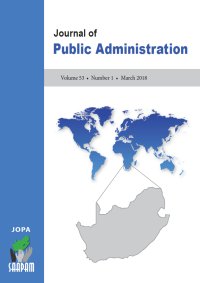
The purpose of this article is to critically analyse a case of land restitution where productivity of the returned land, sustainability of the people's livelihoods and food security is at issue. Arguably, such cases make land reform appear to be a mere response to the people's agitation for their rightful claim to land. Meanwhile, the main aim of land reform is to contribute to economic development through households' productive land use and increase employment opportunities by encouraging greater investment. This article is based on a study of the Manavhela land restitution case in Limpopo Province, where land was returned to a community, which was previously dispossessed after the promulgation of the 1913 Natives Land Act. The study sought to identify the best possible approaches to land reform in a case where beneficiaries do not share common land-use objectives, but share the historical right to the returned land. Met